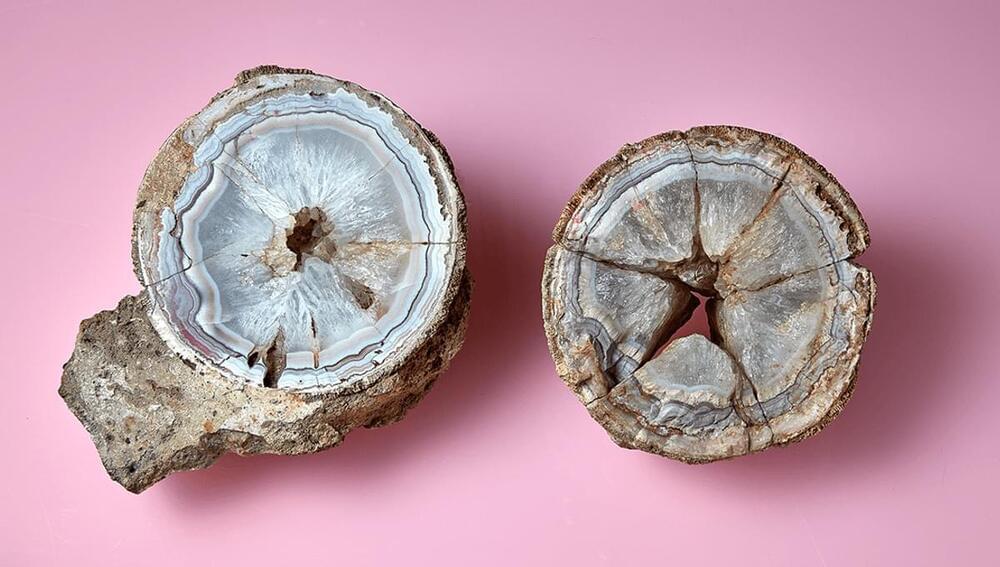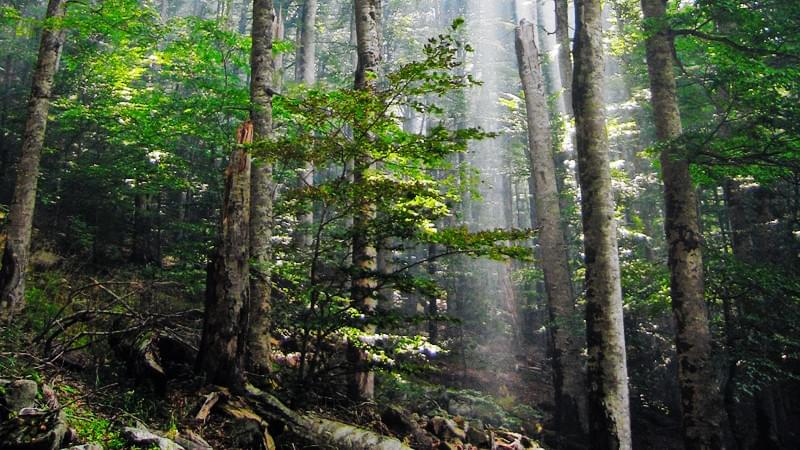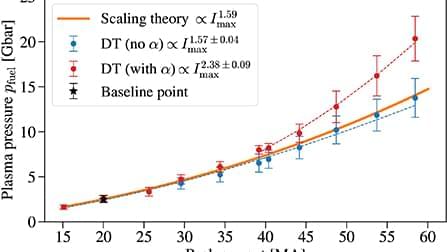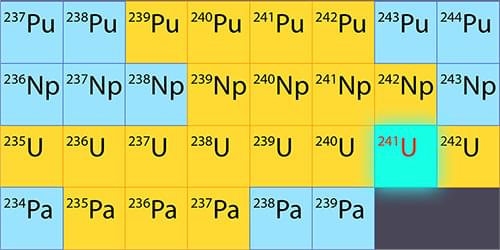
Back in 1,883, a pretty agate mineral was registered to the Natural History Museum’s Mineralogy Collection. Around 15 centimeters (6 inches) across, almost completely spherical but otherwise unassuming, the specimen has remained in the collection for the last 175 years, until a chance finding revealed it to be a dinosaur egg.
The specimen’s pretty colors of light pink and white interior caught the eye of Robin Hansen, one of the Mineral Curators at the museum who helped prepare the specimen when it was selected to go on display in 2018. Then a trip to a mineral show in France helped reveal the significance of the rock.
‘While I was looking around the show, a dealer showed me an agatised dinosaur egg, which was spherical, had a thin rind, and dark agate in the middle,” recounts Hansen in a statement. “That was the lightbulb moment when I thought: ‘Hang on a minute, that looks a lot like the one we’ve just put on display in the Museum!’”


















